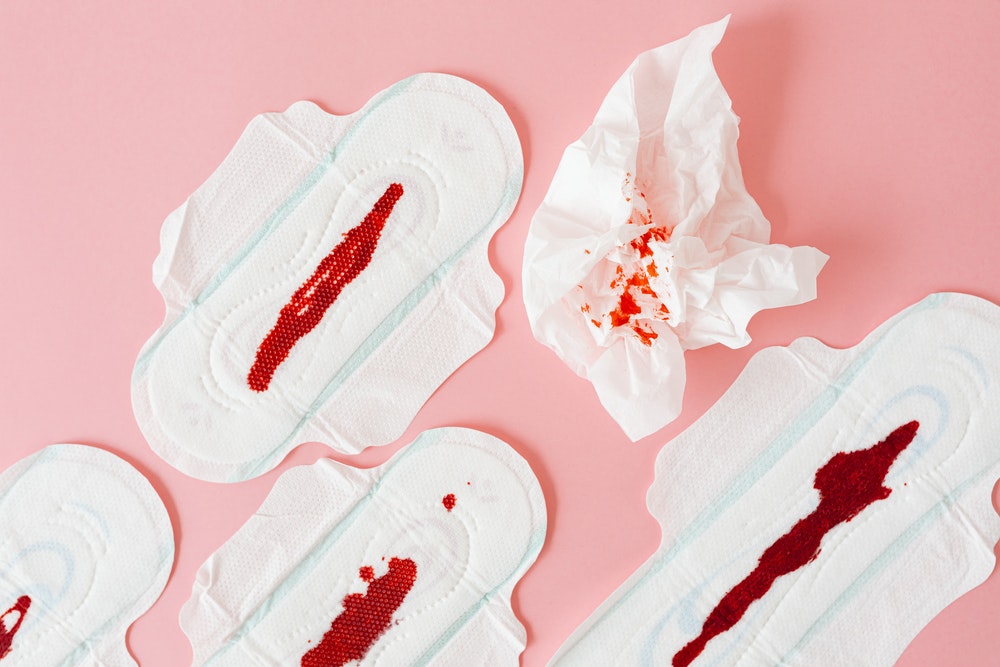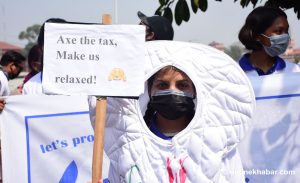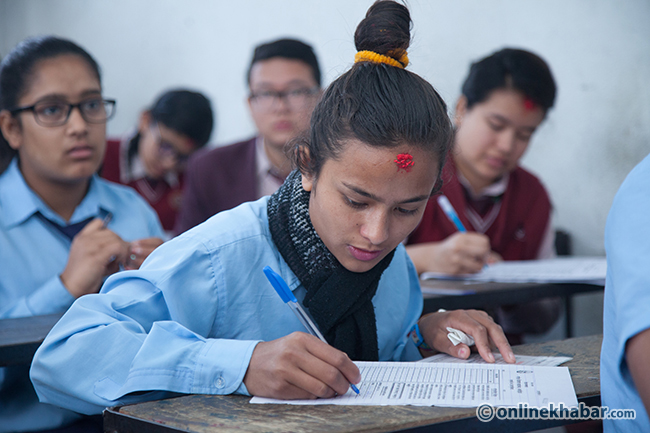Perhaps you are reading or hearing ‘pad pollution’ for the first time! Perhaps you are about to read an article that discourages you from using sanitary pads for the first time!
Topics of menstrual hygiene have always been taboo in Nepali society. Likewise, issues of environmental woes are discussed once in a blue moon, either on Environment Day or when pollution spikes out of the charts. But, what about discussions on pad pollution? Almost never. It is never a thought, never a point of discussion.
Even though there have been timely changes, intergenerational discussions have always been difficult around menstruation, let alone pad pollution. But, when the discussions on pad pollution are nil even among the younger generation, who are being proactive about menstrual hygiene practices and norms, you know the situation is dire.
To start a much-needed discussion, Onlinekhabar caught up with Radha Paudel and Rajan Pandey. Paudel is a nurse, writer, activist and founder of Global South Coalition for Dignified Menstruation (GSCDM) who has been advocating for menstrual hygiene, on various platforms, for the past 16 years. Pandey is a WASH professional and freelancer, who has worked as an environmental engineer for the past 37 years.
They will explain below basics about pad pollution and their recommendation for remedies.
What do you mean by pad pollution?
It is defined as the unmanaged and haphazard throwing of used or unused sanitary napkins or pads. The napkins have been found to be mixed with household wastes, in water, soil and in forests causing the said pollution.
Another factor of pad pollution also is associated with the haphazard burning of these pads, in open air or even in ill-manufactured incinerators, resulting in air pollution and immediate health impacts on the nearest living beings.
How serious is the issue?

Paudel, who has been an advocate for dignified menstruation, says it is a very serious issue and has been concerned about how ignorant everyone has been on the matter. “On average, a menstruating woman who uses a pad requires about three pads in one cycle. In her lifetime, she disposes of about one and a half quintals of pads in the environment.”
“A single pad requires at least 500 to 700 years to get disposed of,” she adds, “This means, pads collected from households just land in waste boxes or landfill sites or just get mixed in the soil. This causes underground pollution, impacting its agricultural output, and even induces landslides. Many pads are also disposed of in water resources, causing water pollution and harming aquatic life and the ecosystem.”
She further adds that pads rank as the fifth element responsible for plastic pollution worldwide. “In Nepal, because of shame, women wrap the pads in another plastic bag while throwing; increasing plastic waste. They are collected but not separated in the dumping sites. And even if they are separated, it is against the dignity of labour for those who do. It is immoral on all levels yet, no one is thinking about the impact.”

On this, Pandey adds his insight, “The problem started 30 years ago when the discussion around menstrual hygiene and “importance” of pads was advertised to the urban population. In the initial years, it was still considered a luxury or a wasted purchase. But, the consumption started growing gradually and so did the haphazard disposal of them. With the lack of knowledge, people do not know what to choose or weigh their impacts.”
“Different government and non-governmental institutions ramped up distributing pads and tampons, and it was one-directional. No one thought of the impact, the mechanism or the disposal,” he adds.
Plastic is a problem for the environment. However, stakeholders complain that the same problem has not been established when it comes to pads. Pads are also made up of plastics and they have chemicals and bleaches in them. Though the level of impact of pad pollution is yet to be studied in Nepal, the impact of plastics and chemicals are bound to have consequences on the environment.
Similarly, the burning of pads (that have plastics in them) is harmful too. “Open-air burning and improper incinerators of pads release chlorine-based dioxin gases. When one consumes the gas, either directly or indirectly, it can even cause lung cancer. This way you can also say burning has a more immediate impact than its decomposition. It should always be burned at 800 °C,” explains Pandey, who worked as an engineer before retirement.

He says incinerators are a problem because Nepal got enough soft knowledge on menstrual hygiene but lacked engineers who would come up with a sustainable and environment-friendly disposing mechanism.
Paudel also sheds light that the problem is very much in rural areas too. “With haphazard throwing of the pads, wildlife and rodents are eating it. When they eat the pad, with the blood, chemicals and germs, they are more likely to spread diseases to others. It is promoting non-cyclic environment conditions.”
Is this the right time to discuss?
Yes, they say, the time is now. Paudel even says, “We are already late to start the dialogue.”
It is true that campaigns of basic menstrual hygiene have not reached all. But, Pandey says talking about the problems such as pad pollution should be taken simultaneously.
Pad pollution is thought to be more of an urban problem, but that is not true, they say. “Pads are not just common in Kathmandu, but also in rural areas. Some do not use pads, others double or triple-wear clothes to absorb the flow, whereas others use clothes at home and pads to go outside,” informs Paudel.
Though small, this population disposes of these pads haphazardly, on the roadside or in forests, so that no one sees them. It is because of this “shame”, such problems are rampant in rural areas too.
What are the alternatives to menstrual pads?
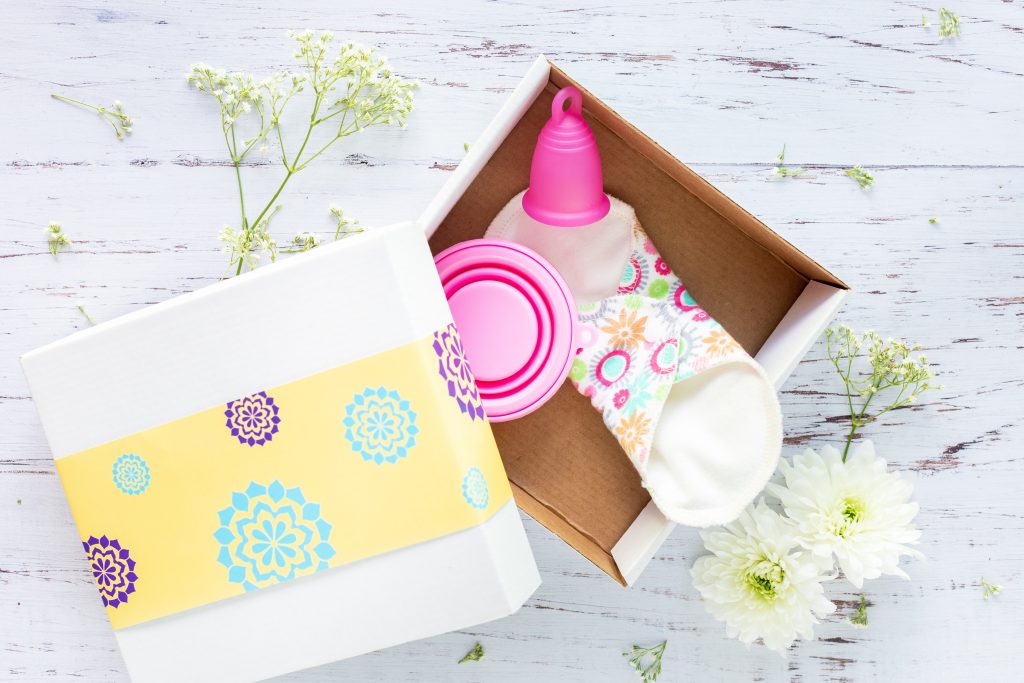
Alternatives include menstrual cups, menstrual discs and menstrual sponges, and reusable cloth pads, and period underwear.
“Now, cloth pads are making a comeback. It can be made in 10 minutes and lasts a year. And, three pads for a cycle is enough. There are initiatives and workshops going on that are training women to make pads at home and use them as well,” the duo encourage.
Menstrual cups are also sanitation-friendly and can be reused, they say.
On a personal scale, the use of alternatives and discouragement in the use of pads will help, they both agree. “Using pads means importing waste. Why do you do something so useless?” they ask.
At an institutional as well as local level, Pandey says, setting up an incinerator is the right way to go forward and it will solve a lot of the immediate problems.
On a larger scale, population control is the most effective way to curb any kind of pollution or even global warming, says Pandey.
But, are people ready for the change?
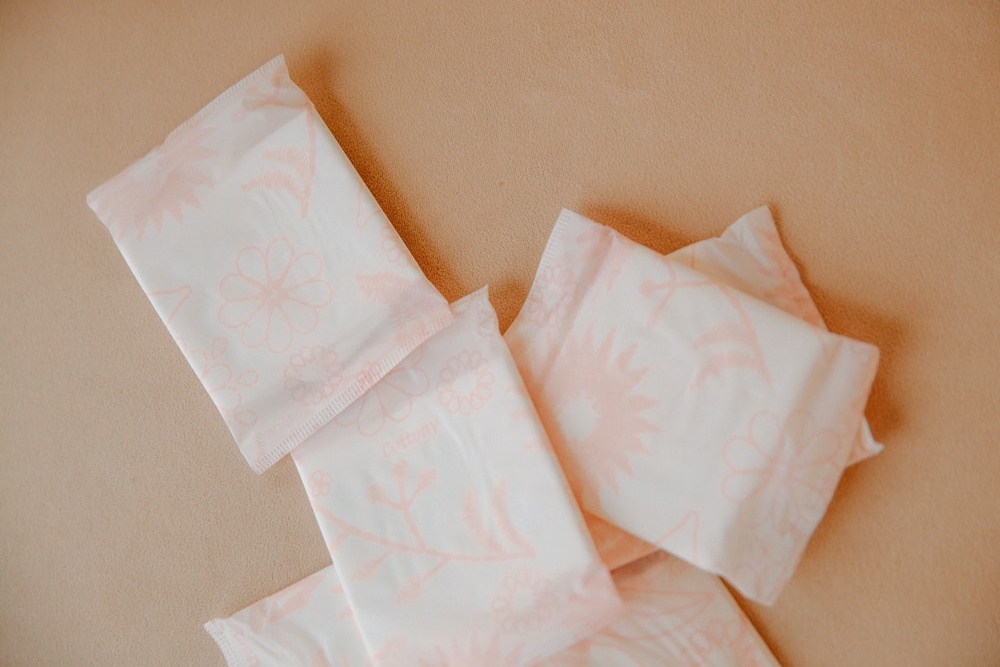
Not really. “The main reason is that pads are easy,” says Pandey.
“On the one hand are pads that are easily available and ready-to-use. On the other, are cloth-pads that people find difficult to make and time-consuming. The users have to clean them afterwards as opposed to just throwing it out and let it be others’ headache,” he adds.
Paudel stresses, “It is not that there has not been enough campaigning for the alternatives; there have been no campaigns.” She also adds, “The government has not set up a standard regarding dignified menstrual practices even when more than half the population is concerned.”
Pandey also says, “Whatever campaigns have happened, they have profited the institutions. The benefits are not reaching where they should. Even if they have, it is not in the way the locals are understanding.”
Another sad part they say is that those who have the knowledge and make speeches about the need for alternatives are seen promoting plastic pads on social media or anywhere out of the podium.
Paudel also points out the irony. “We had always used clothes, never pads. The west is now going eco-friendly, promoting alternatives and here is Nepal sticking to pads, repeating the same mistakes.”
How to promote the alternatives, then?
The most effective way will be ensuring an easy access to the alternative as it was for the pad, say the duo.

“Cloth pads are not sold enough. Even when sold institutionally, they are not of standard quality, and that impacts the acceptance,” says Pandey. “There are also other emerging local initiatives including the one using banana tree fibres for making pads. The government has to promote such initiatives, and give subsidies to the new initiatives as well as make distribution wider and easier.”
Paudel, on the other hand, adds, “They should also ban not just plastics but plastic-based items or items with plastics at the national level,”
But, Pandey adds, “It is true that plastic is harmful. But, we do not know the future, it might have less impact on the environment and humans in the next 500 years as there can be some kind of adaptation that can reduce the impact. Though ideal, pushing people to adopt a plastic-less life and decrease dependency right now is unrealistic. Rather we should focus on the management and keeping up a system.”
Paudel says, “The government bodies looking into forest and environment, health and population, water and women sectors should work together to create a dignified system and preserve our environment.”
Should you continue using sanitary pads?
Well, it is a personal choice.
But, both Paudel and Pandey want to say that, though hard, women have to start reconsidering. “They must be collecting inheritance for their future generation. But, what they should do is adopt dignified menstrual hygiene practices and use alternatives for plastic menstrual pads,” says Paudel.
But, if women still want to continue, Pandey asks them, at an individual level, to be responsible and think about the environment pollution and impact on health. He also stresses the use of incinerators to burn off the pads and the need for a better management system with the help of the government.



